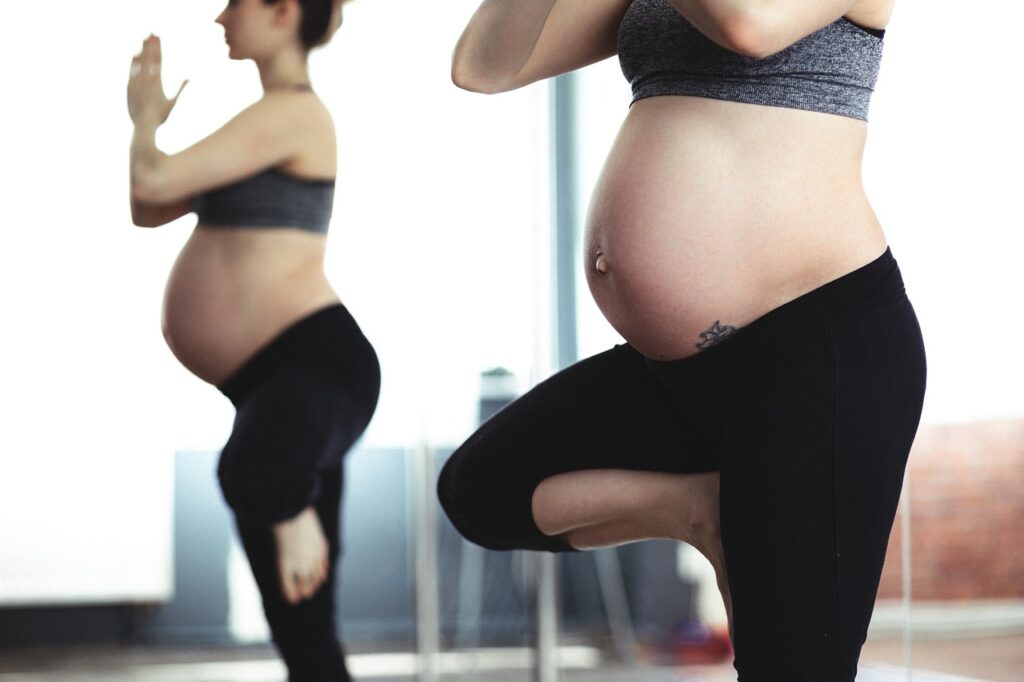According to the Swedish newspaper Aftonbladet, an increasing number of Swedish women are having children after the age of 45.
Statistics from the Swedish National Board of Health and Welfare show that in 2022, the number of women giving birth after the age of 45 was 537, while the corresponding number for women aged 19 and under was 410. These trends have not been seen in Sweden since the end of the 1800s, before birth control and abortion rights, when 12 percent of all Swedish women who gave birth were over 40 years old.
Not only are pregnancies of mothers 45 and over increasing, but the number of teenage mothers in Sweden has steadily decreased since the 1960s when the birth control pill was introduced in Sweden. In 1968, close to 8,800 babies were born to teenage mothers, a far cry from the less than 410 babies born to teenage mothers today.

“Childbirth is becoming more and more well-planned, with people waiting until they have established a career and completed their education. So it’s not surprising that it looks like this,” says Gunnar Andersson, professor of demography at Stockholm University, to Aftonbladet.
Another reason for the changing trends is the increased availability of assisted reproductive technologies such as egg freezing and IVF, which can help women conceive later in life. Compared to the U.S., Sweden offers these solutions at a much lower cost, making the technologies more readily available.





